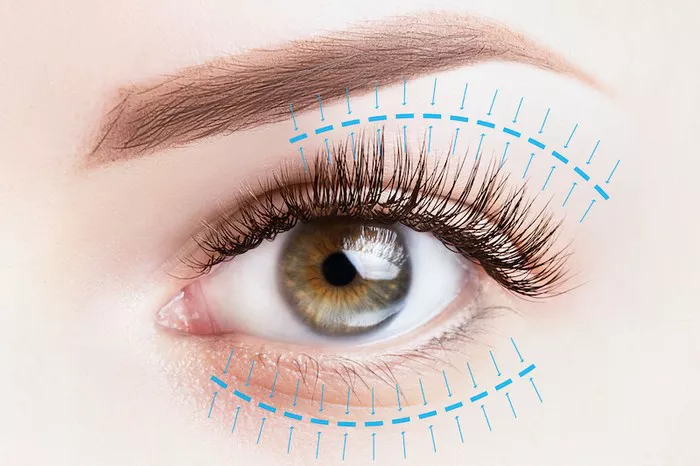Eyelid surgery, also known as blepharoplasty, is a cosmetic procedure that is designed to improve the appearance of the eyelids. The surgery involves removing excess skin and fat from the eyelids and can be performed on both the upper and lower eyelids. In this article, we will explore what eyelid surgery is, how it is performed, and what to expect during the recovery process.
Definition of Eyelid Surgery
Eyelid surgery, also known as blepharoplasty, is a cosmetic procedure that is designed to improve the appearance of the eyelids. The surgery involves removing excess skin and fat from the eyelids and can be performed on both the upper and lower eyelids.
Eyelid surgery can be performed for both cosmetic and medical reasons. In addition to improving the appearance of the eyelids, the surgery can also correct medical conditions such as ptosis, which is a condition in which the upper eyelid droops or falls lower than it should.
Types of Eyelid Surgery
There are several types of eyelid surgery, including:
Upper eyelid surgery: This procedure involves removing excess skin and fat from the upper eyelids.
Lower eyelid surgery: This procedure involves removing excess skin and fat from the lower eyelids.
Double eyelid surgery: This procedure is popular in some Asian countries and involves creating a visible crease on the upper eyelid.
Canthoplasty: This procedure involves tightening the outer corner of the eyelid.
Ptosis surgery: This procedure is designed to correct ptosis, which is a condition in which the upper eyelid droops or falls lower than it should.
Brow lift: This procedure involves lifting the eyebrows to improve the appearance of the upper eyelids.
How Eyelid Surgery is Performed
Eyelid surgery is typically performed on an outpatient basis under local anesthesia. The surgery can take anywhere from one to three hours, depending on the extent of the procedure.
During the surgery, the surgeon will make incisions in the natural creases of the eyelids. These incisions will be used to remove excess skin and fat from the eyelids. The surgeon may also reposition or remove muscle tissue to achieve the desired results.
Once the excess tissue has been removed, the incisions will be closed with sutures or surgical glue. The incisions will be hidden in the natural creases of the eyelids, making them virtually invisible.
Recovery Process
After eyelid surgery, patients can expect some swelling, bruising, and discomfort in the area around the eyes. Patients may also experience dry eyes, blurred vision, and sensitivity to light.
Patients should avoid strenuous activity and heavy lifting for several weeks after the surgery. They should also avoid rubbing or touching their eyes and should use eye drops as directed to prevent dryness.
Most patients can return to work and resume normal activities within one to two weeks after the surgery. However, it may take several months for the final results of the surgery to become apparent.
Risks and Complications
As with any surgical procedure, eyelid surgery carries some risks and complications. These can include:
Infection: Infection is a risk with any surgical procedure and can be treated with antibiotics.
Bleeding: Some bleeding is normal after eyelid surgery, but excessive bleeding may require additional treatment.
Scarring: While the incisions used in eyelid surgery are typically hidden in the natural creases of the eyelids, some scarring may occur.
Dry eyes: Some patients may experience dry eyes after eyelid surgery, which can be treated with eye drops.
Changes in vision: In rare cases, eyelid surgery can cause changes in vision, such as double vision or blurred vision.
Asymmetry: In some cases, eyelid surgery can result in asymmetry between the two eyes.
Numbness: Some patients may experience numbness in the area around the eyes after eyelid surgery.
Conclusion
In conclusion, eyelid surgery, also known as blepharoplasty, is a cosmetic procedure that is designed to improve the appearance of the eyelids. The surgery involves removing excess skin and fat from the eyelids and can be performed on both the upper and lower eyelids.
Eyelid surgery can be performed for both cosmetic and medical reasons and can improve the appearance of the eyes and correct medical conditions such as ptosis.
While eyelid surgery is generally considered safe, it carries some risks and complications. Patients should carefully consider the risks and benefits of the procedure before undergoing surgery and should follow their surgeon’s instructions carefully during the recovery process.

